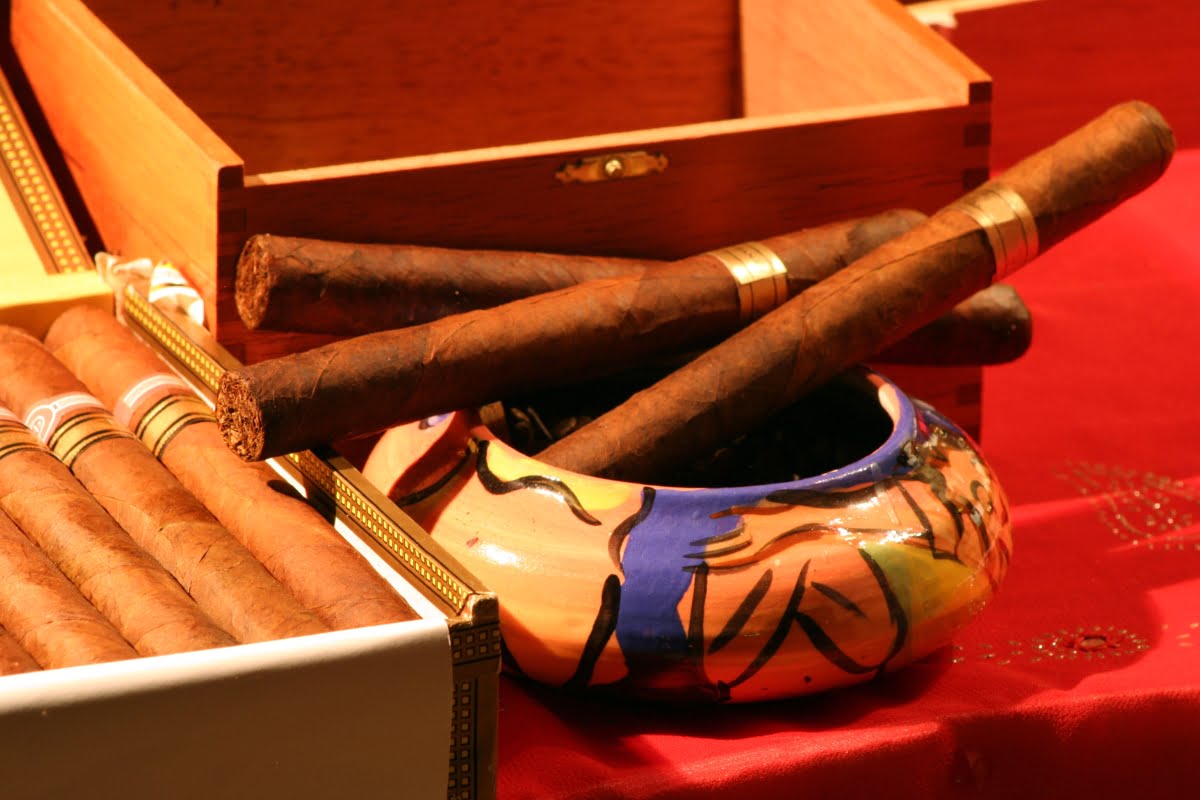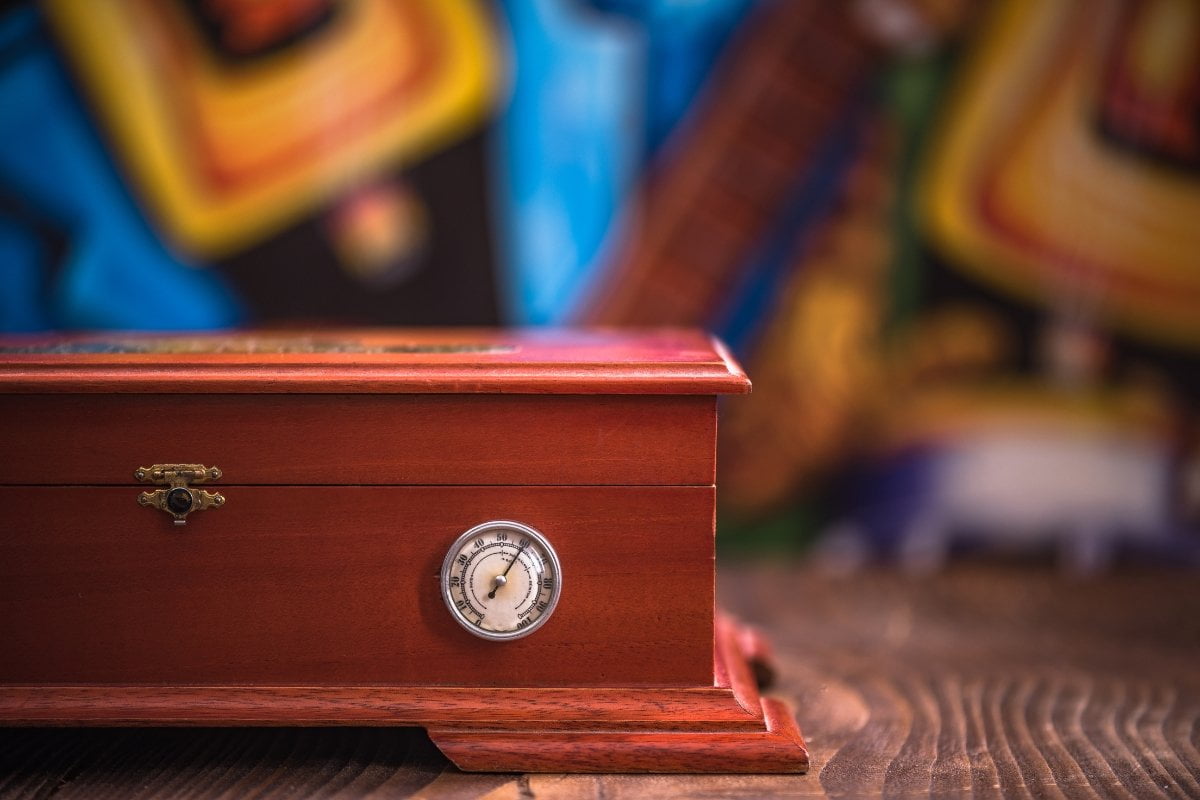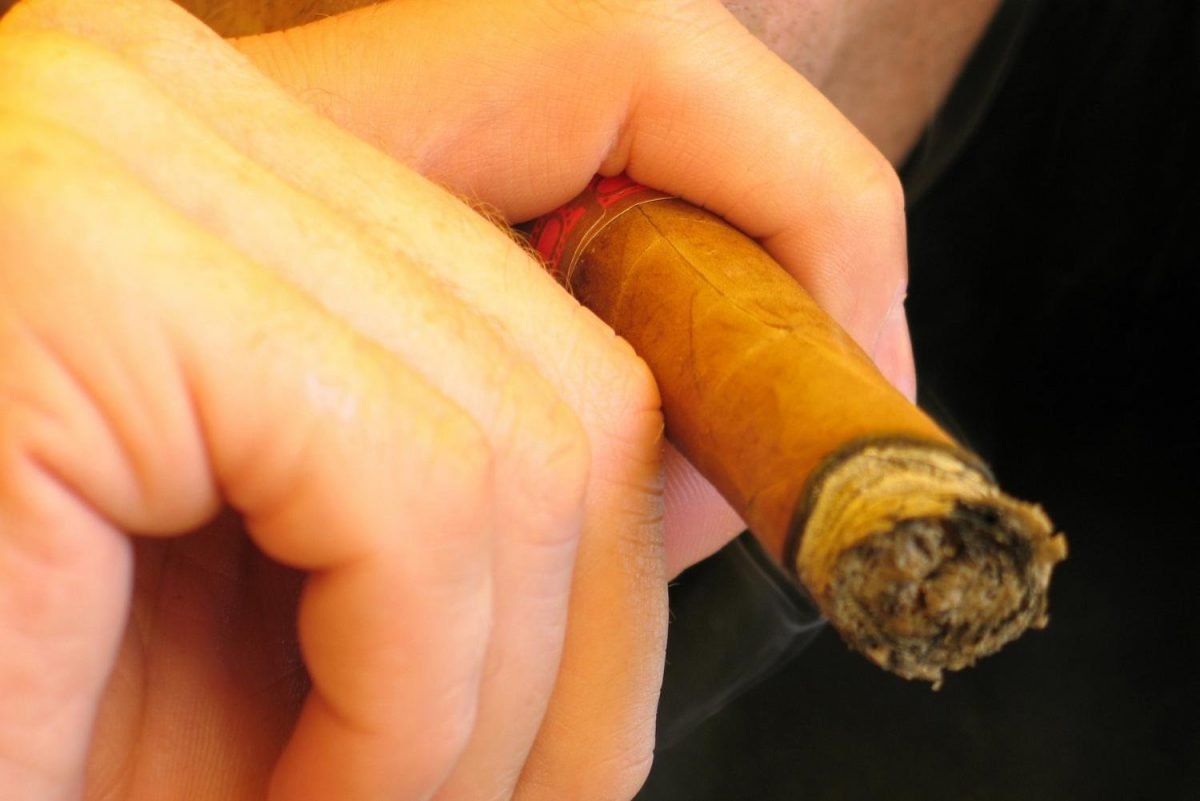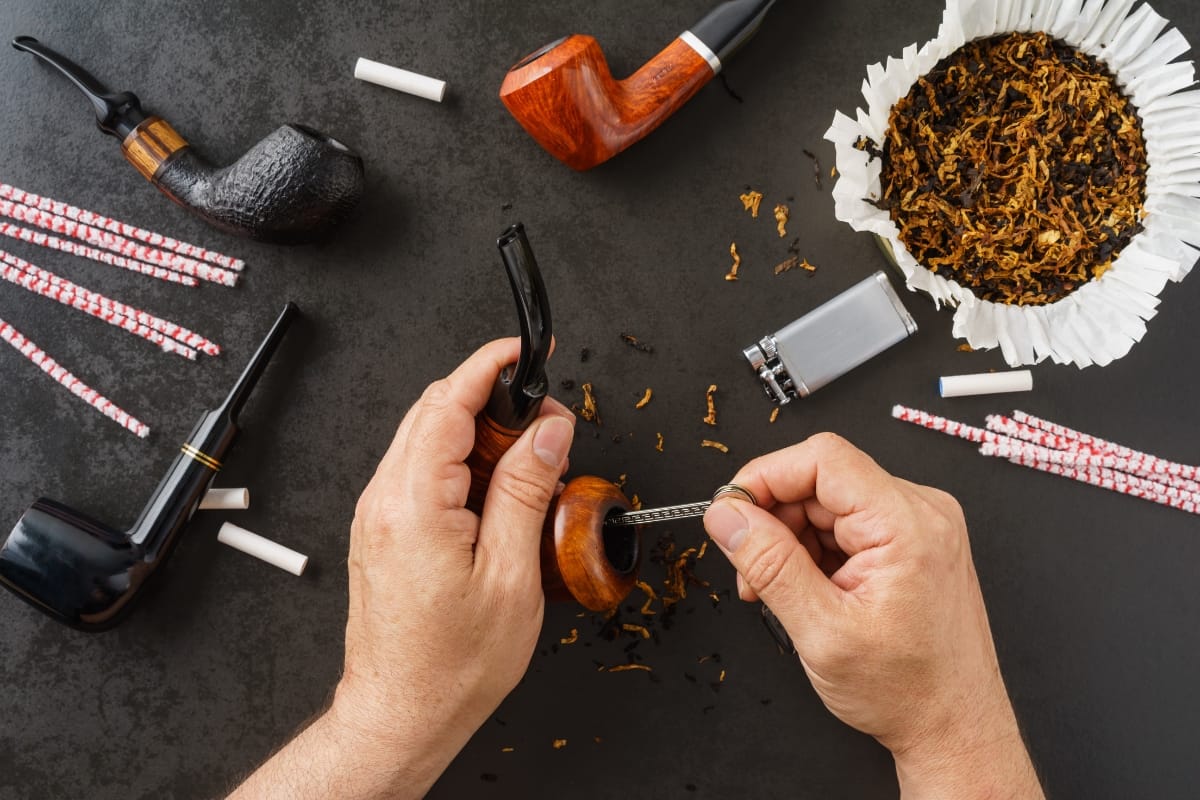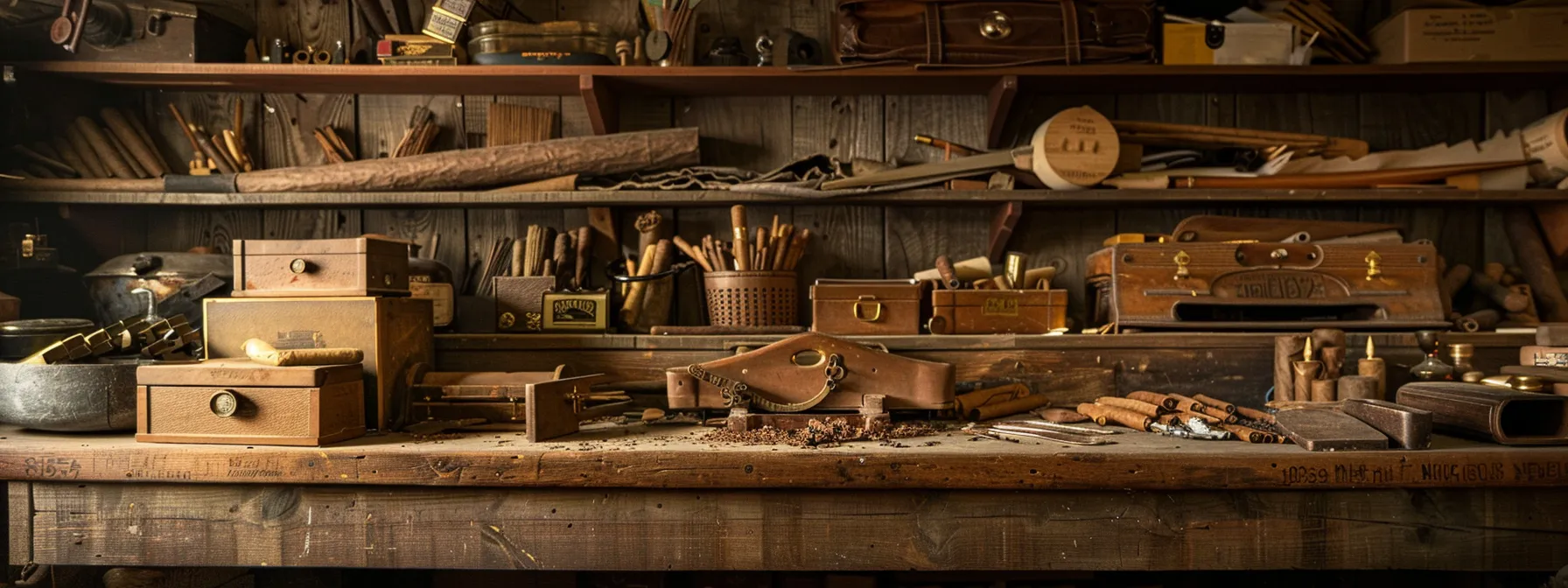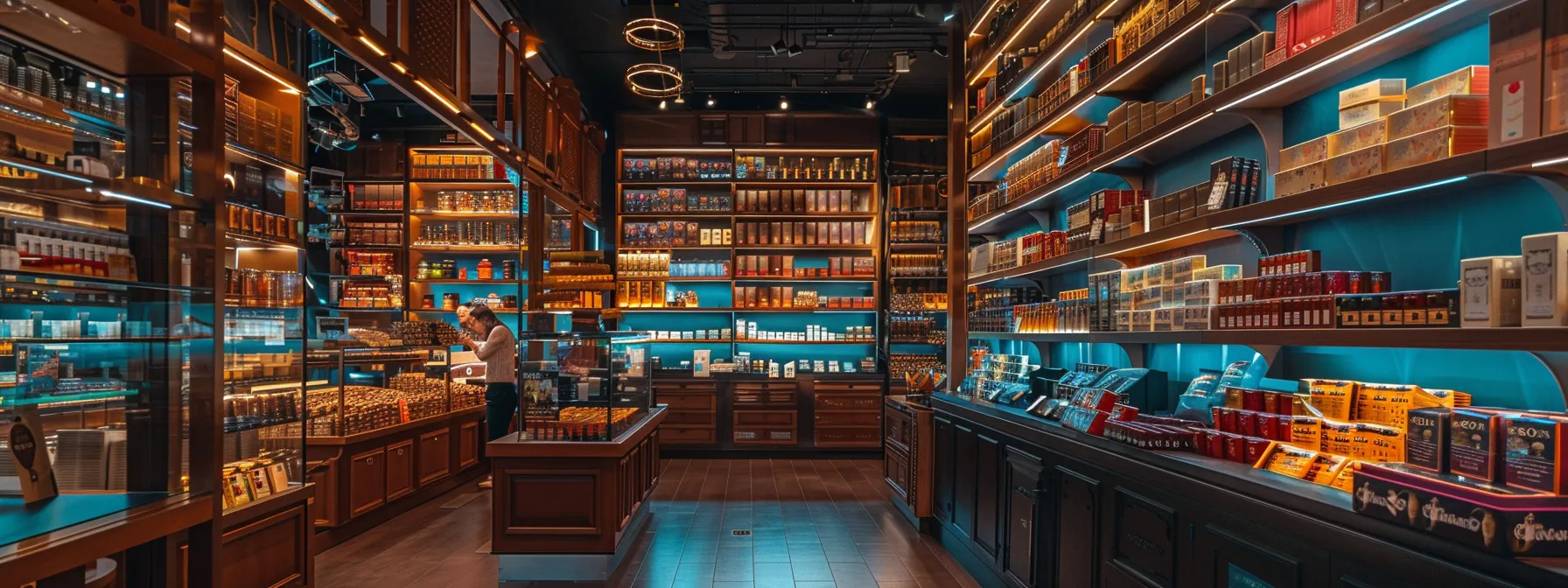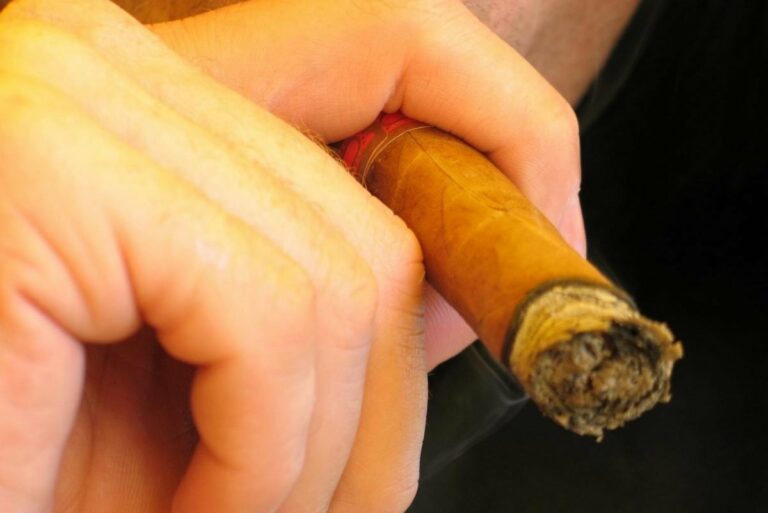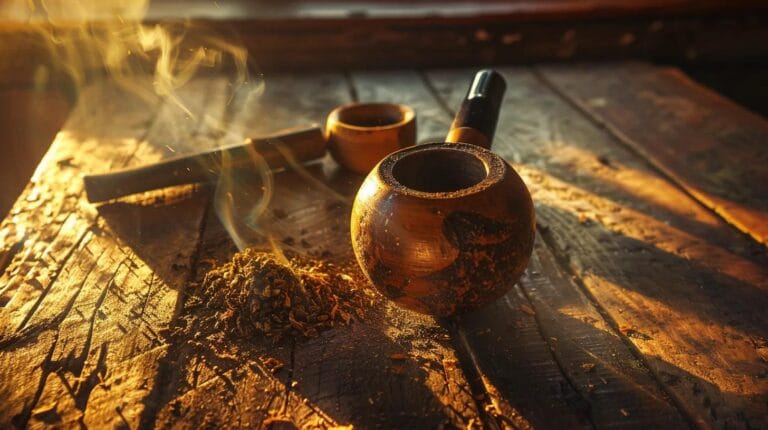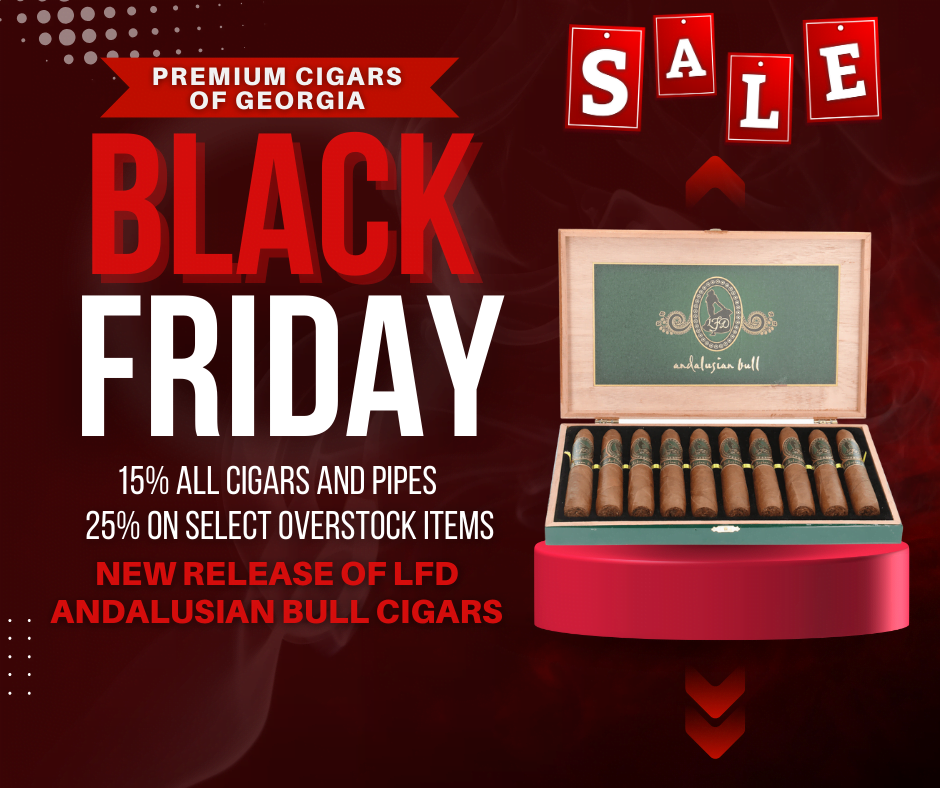Step into the intriguing world of cigar tasting, where the nuances of flavor take center stage in a sensory journey like no other. Deciphering the richness of different cigar flavors is a delightful art form that captivates aficionados and novices alike.
In this article, we embark on a quest to unravel the complexities of cigar tasting, delving into the intricate profiles that dance on the palate with each puff. From the earthy notes of Nicaraguan blends to the peppery undertones of Dominican varieties, we will guide you through a tasting experience that transcends mere smoke.
By understanding the subtleties of cigar flavors, you not only enhance your smoking pleasure but also elevate your appreciation for the craftsmanship behind each blend. Prepare to unlock a world of flavor sensations as we navigate the captivating realm of cigar tasting and decode the hidden gems within each puff. Let’s ignite our senses and embark on a journey to discover the richness that lies within different cigar flavors.
Cigar Flavors Unleashed: Which Tantalizing Tasting Cigars Will You Choose?
Understanding the Basics: Cigar Components and Flavor Development
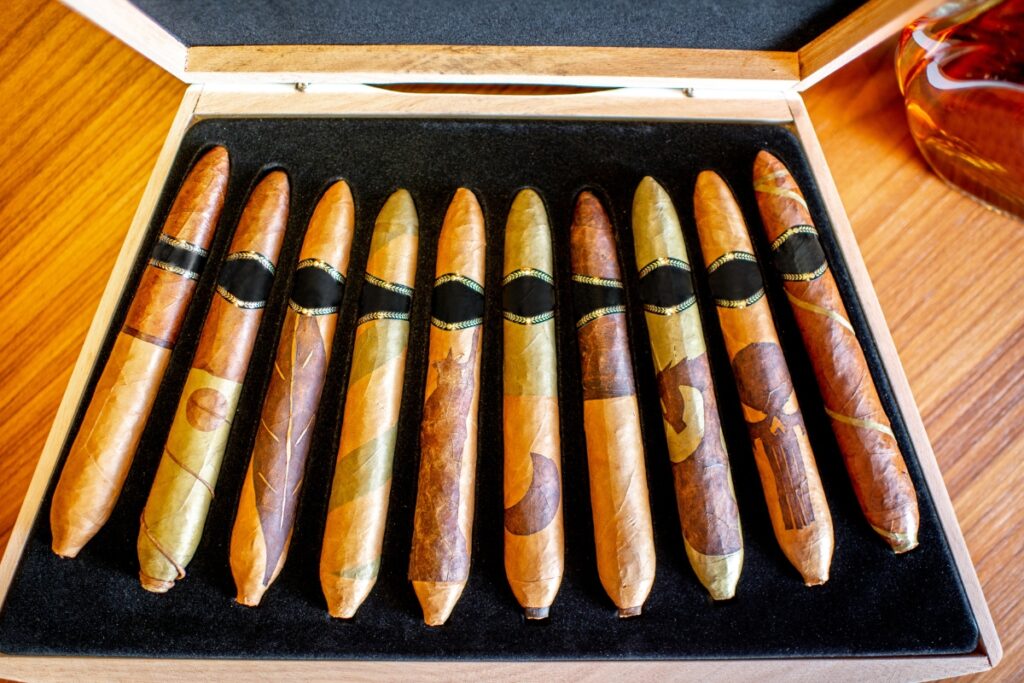
Before we dive into the world of cigar flavors, it’s essential to understand the basic components that contribute to their taste. A cigar is made up of three main parts: the wrapper, filler, and binder. Each component plays a crucial role in shaping the overall flavor profile.
The wrapper, also known as the outer leaf, is responsible for imparting a significant portion of a cigar’s flavor. It is carefully selected based on its color, texture, and overall quality. Different types of wrappers can result in distinct flavor profiles. For example, a Maduro wrapper tends to offer rich and bold flavors with notes of chocolate and coffee, while a Connecticut wrapper often delivers a milder and smoother smoking experience with hints of creaminess.
The filler tobacco consists of leaves that are tightly rolled together to form the body of the cigar. These leaves can come from various regions and are selected based on their flavor characteristics. The combination of different filler tobaccos contributes to the complexity and depth of flavors in a cigar.
The binder serves as an adhesive that holds the filler tobacco together. While it doesn’t have as much influence on flavor as the wrapper or filler, it plays an important role in ensuring an even burn and proper construction.
Exploring the Spectrum: Different Types of Cigar Wrappers
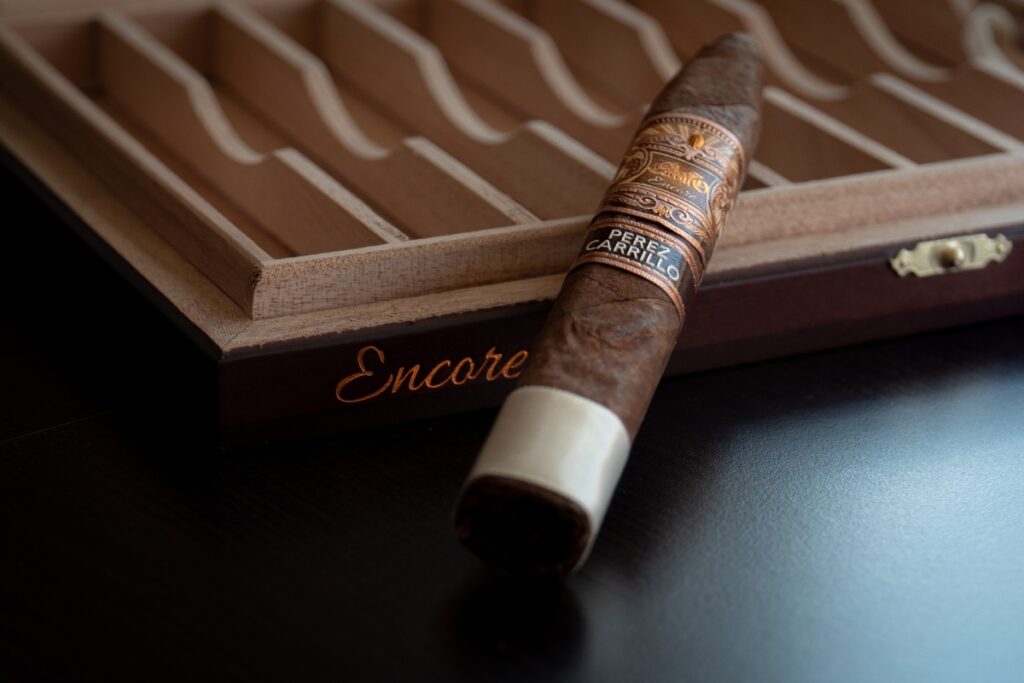
Cigar wrappers are an essential component of a cigar, as they not only hold the cigar together but also contribute significantly to its flavor. The wrapper leaf is the outermost layer of the cigar and is responsible for providing a range of flavors, from spicy and bold to sweet and creamy:
- Connecticut Shade: Known for its smooth and mild flavor profile, Connecticut Shade wrappers are often used in milder cigars. These wrappers offer subtle notes of cream, nuts, and cedar.
- Maduro: Maduro wrappers are dark, oily, and rich in flavor. They are aged longer to develop their characteristic sweetness, with hints of chocolate, coffee, and earthy tones.
- Corojo: Corojo wrappers are known for their spicy kick and natural sweetness. They impart flavors of pepper, cedar, and a distinct richness to the cigar.
- Criollo: Criollo wrappers are lighter in color and offer a balance of sweetness and spice. They can bring out notes of floral, citrus, and even some herbal undertones.
- Sumatra: Sumatra wrappers are known for their complexity, offering a blend of sweetness, spice, and nuttiness. They often have a slightly sweet aroma with hints of cinnamon and nuts.
Each type of wrapper complements different cigar blends and fillers, creating a harmonious balance of flavors. When tasting cigars, consider how the wrapper interacts with the filler tobaccos to create a unique flavor profile that suits your palate.
Delving into Depth: Unraveling the Influence of Filler Tobaccos
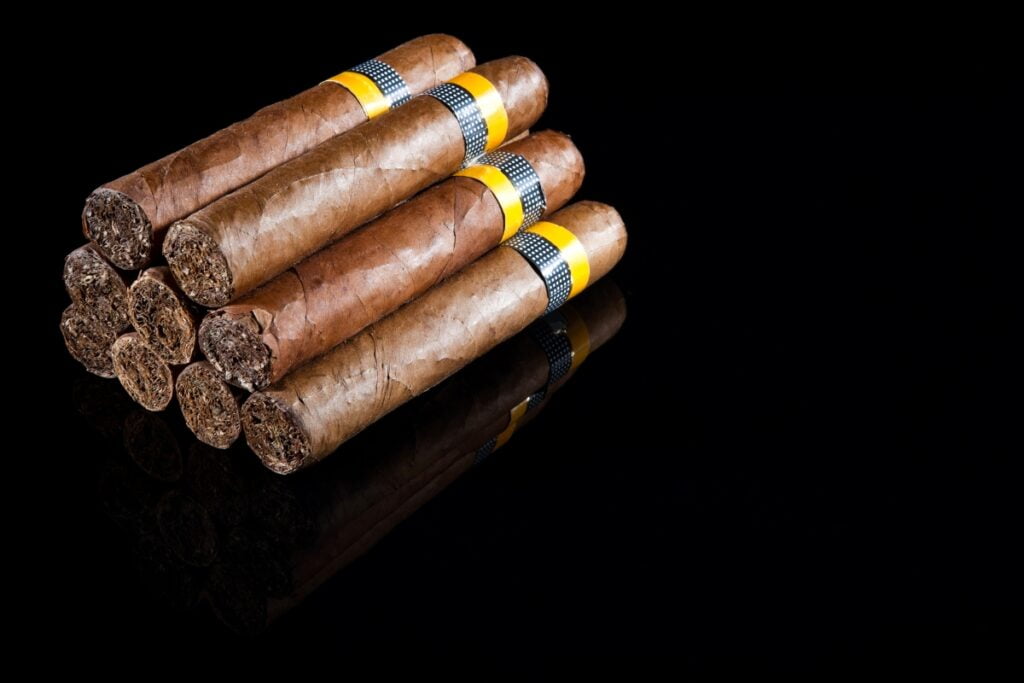
In the world of cigar tasting, one essential element that plays a crucial role in defining the overall flavor profile is the filler tobaccos. These seemingly humble components contribute significantly to the complexity and richness of different cigar flavors.
When enthusiasts embark on the journey of tasting cigars, they often encounter a myriad of flavors that stem from the carefully selected filler tobaccos. These tobaccos, sourced from various regions worldwide, bring their unique characteristics to the blend, creating a harmonious symphony of tastes and aromas.
The influence of filler tobaccos on the overall cigar experience cannot be overstated. From the earthy notes of Nicaraguan tobacco to the spicy undertones of Dominican leaves, each variety adds its distinct flair to the blend. As enthusiasts savor each puff, they unravel the layers of flavors meticulously crafted by master blenders.
Exploring the nuances of filler tobaccos allows cigar aficionados to appreciate the intricate artistry behind cigar making. By understanding the role of these tobaccos in shaping flavor profiles, enthusiasts can develop a deeper appreciation for the craftsmanship and dedication that goes into creating each cigar.
In essence, delving into the depth of filler tobaccos is akin to embarking on a sensory journey, where every puff reveals a new facet of flavor. As enthusiasts decode the richness of different cigar flavors, they not only indulge in a luxurious experience but also gain a newfound respect for the craftsmanship and expertise that define the world of premium cigars.
The Role of Fermentation: How it Shapes Cigar Flavors
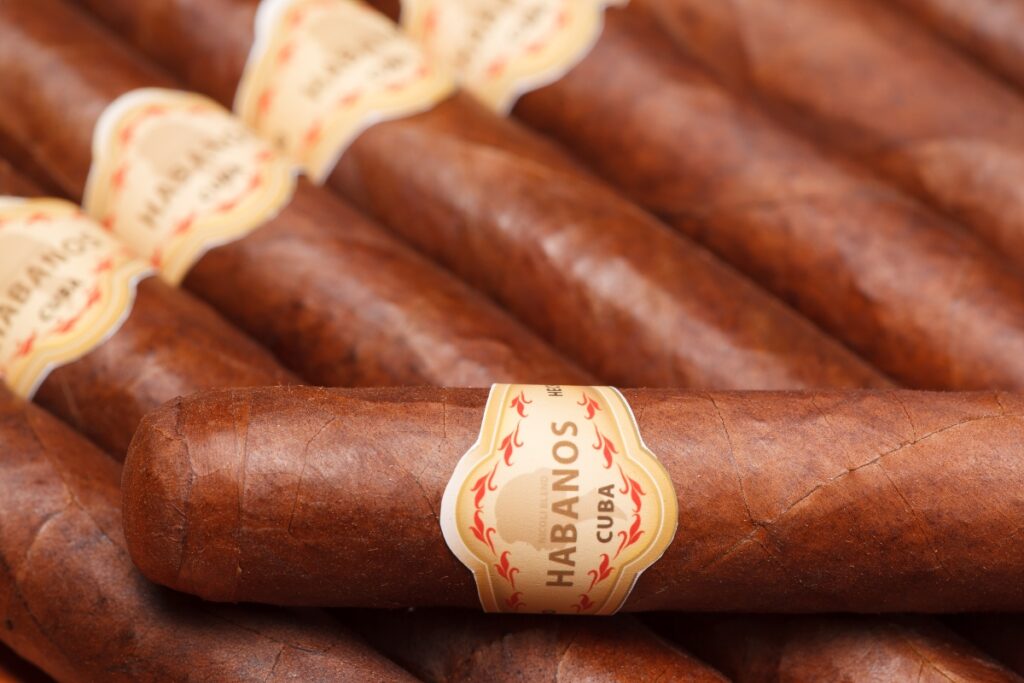
Fermentation plays a crucial role in shaping the flavors of cigars. The process of fermentation involves the careful manipulation of tobacco leaves, allowing them to undergo chemical changes that ultimately influence the taste, aroma, and overall profile of the cigar.
During fermentation, the tobacco leaves are stacked in piles called pilones. This controlled environment promotes microbial activity, leading to the breakdown of chlorophyll and other compounds present in the leaves. As a result, the flavors develop, mellow, and become more complex over time.
The duration of fermentation is a key factor in determining the final flavor profile of a cigar. Longer fermentation periods often result in smoother, more refined flavors, while shorter fermentation times may yield bolder and more intense taste experiences.
Different types of tobacco undergo unique fermentation processes, contributing to the diverse range of flavors found in cigars. For example, Maduro wrappers are known for their rich, dark flavors, which are achieved through an extended fermentation process that caramelizes the sugars in the leaf.
Master blenders carefully monitor the fermentation of tobacco to ensure that the desired flavors are achieved. They may adjust temperature, humidity, and other environmental factors to influence the fermentation process and create distinct flavor profiles for their cigars.
Terroir Impact: How Growing Regions Influence Cigar Taste
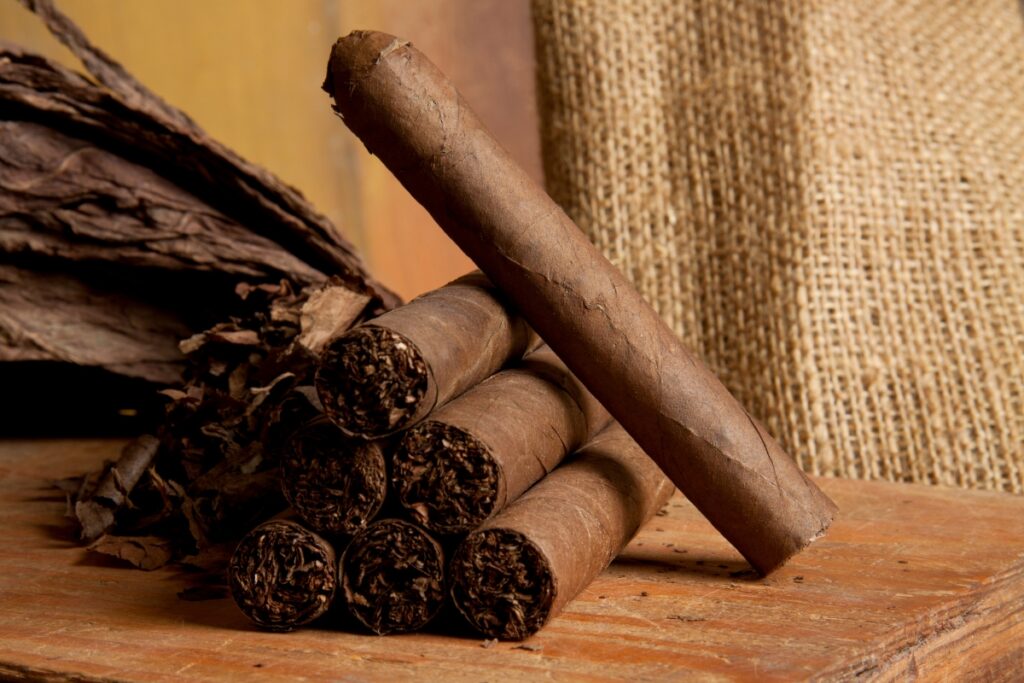
The concept of terroir is not limited to wines; it extends its influence to the realm of cigars as well. The soil composition, climate, altitude, and other environmental factors unique to each growing region play a significant role in determining the flavor profile of cigars.
For those engaging in the art of tasting cigars, exploring the diverse tastes derived from various growing regions can be a fascinating journey. From the earthy and spicy notes of Nicaraguan cigars to the smooth and creamy flavors of Dominican ones, each region offers a distinct sensory experience that reflects its terroir.
The tasting experience of cigars is enriched by the nuances brought about by terroir. Just as wine connoisseurs appreciate the differences in a Chardonnay from France versus one from California, cigar aficionados can savor the unique characteristics of a Cuban cigar compared to a Honduran one.
When conducting a cigar tasting, paying attention to the origin of the cigar can provide valuable insights into its flavor profile. The interplay between the soil composition and climate of a region can give rise to notes of cedar, leather, chocolate, or even floral undertones in a cigar.
Exploring the impact of terroir on cigar taste is not just about identifying flavors but also about appreciating the craftsmanship and artistry involved in cigar production. From the careful selection of tobacco seeds to the meticulous aging process, every step contributes to the final flavor profile that reflects the essence of the growing region.
Pairing Perfection: Matching Cigars with Complementary Beverages
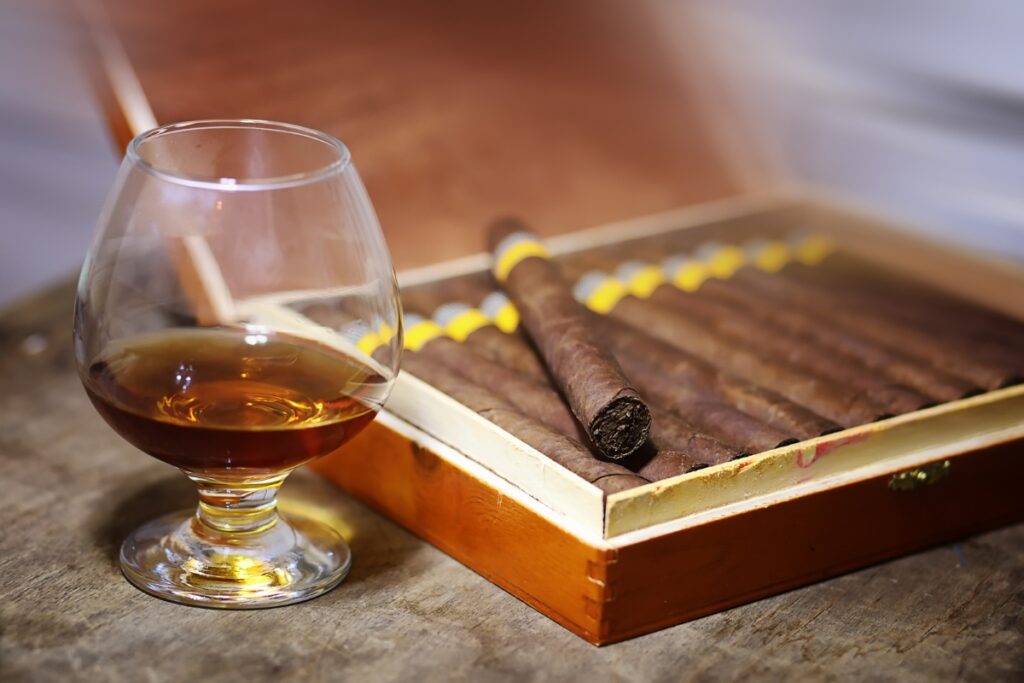
When it comes to tasting cigars, one of the most enjoyable aspects is pairing them with complementary beverages. This art of pairing creates a harmonious symphony of flavors that can greatly enhance your overall smoking experience.
Pairing a cigar with the right beverage can elevate the flavors and nuances of both the cigar and the drink. The key is to find a balance where neither overpowers the other, but instead, they complement each other, creating a truly delightful sensory experience.
- Coffee and Cigars: Coffee, with its rich and robust flavors, often pairs well with cigars that have earthy or nutty notes. A dark roast coffee can bring out the chocolate undertones in a cigar, creating a perfect match for a relaxing afternoon break.
- Whiskey and Cigars: Whiskey, especially a smooth bourbon or a peaty scotch, can be a wonderful companion to a full-bodied cigar. The complexity of whiskey can enhance the spiciness or sweetness of a cigar, providing a luxurious pairing for special occasions.
- Wine and Cigars: Wine lovers can indulge in pairing their favorite varietals with cigars. A full-bodied red wine can complement a bold cigar, while a crisp white wine can be refreshing with a milder smoke. The key is to experiment and find the perfect balance of flavors that suit your palate.
Tips for the Perfect Pairing:
- Match Intensity: Ensure that the intensity of both the cigar and the beverage is matched. A strong cigar might overpower a delicate drink, and vice versa.
- Consider Flavor Profiles: Think about the flavor profiles of both the cigar and the beverage. Look for complementary or contrasting flavors that work well together.
- Experiment: Don’t be afraid to experiment with different pairings. The beauty of cigar and beverage pairing lies in discovering new and exciting flavor combinations.
Developing Your Palate: Tips for Sensory Evaluation and Flavor Recognition
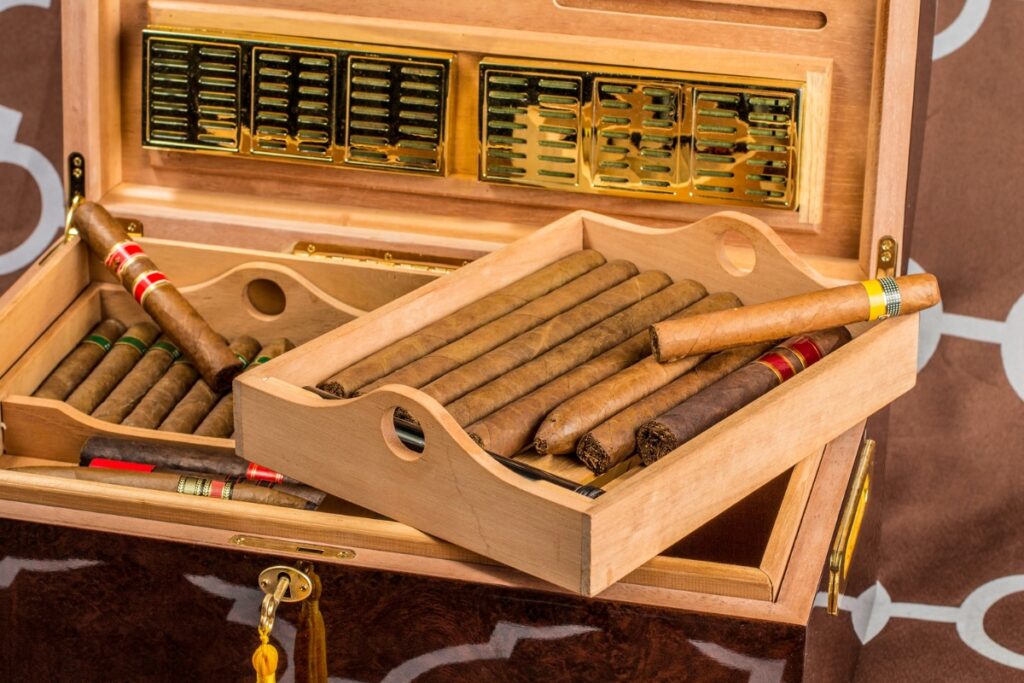
To truly appreciate the art of tasting cigars, mastering sensory evaluation and flavor recognition is essential. Whether you’re a seasoned enthusiast or just starting your journey into the world of cigars, developing your palate can elevate your overall experience. Here are some valuable tips to enhance your ability to discern the nuances of different cigar flavors.
- Start with a Clean Palate: Before embarking on a tasting session, ensure your palate is free from any lingering tastes that could interfere with your cigar experience. Avoid strong-flavored foods, alcohol, or beverages that could overpower the subtle flavors of the cigar.
- Engage Your Senses: When you light up a cigar, take a moment to observe its appearance, feel its texture, and inhale its aroma. Engaging all your senses prepares your palate for the tasting experience ahead and helps you form a comprehensive understanding of the cigar.
- Slow Down and Savor: Don’t rush through your cigar tasting. Take small, deliberate puffs and let the flavors linger on your palate. Pay attention to how the taste evolves from the first draw to the last, noting any changes in intensity or complexity.
- Identify Primary Flavors: Train yourself to recognize primary flavor categories such as sweet, bitter, salty, and sour. As you taste different cigars, focus on pinpointing the dominant flavors and how they interact with each other to create a harmonious blend.
- Develop a Flavor Wheel: Create your own flavor wheel or use existing resources to categorize and describe the diverse range of flavors you encounter in cigars. This visual aid can help you articulate your tasting notes and refine your flavor recognition skills.
- Experiment with Pairings: Enhance your tasting experience by experimenting with cigar and beverage pairings. Whether it’s coffee, whiskey, or even chocolate, matching complementary flavors can accentuate the nuances of the cigar and create a more dynamic sensory experience.
- Practice Regularly: Like any skill, developing your palate for tasting cigars requires practice and dedication. Make it a habit to engage in tasting sessions regularly, trying out different cigar brands, blends, and strengths to broaden your flavor palette.
Navigating Complexity: Understanding Complexity and Balance in Cigar Flavors
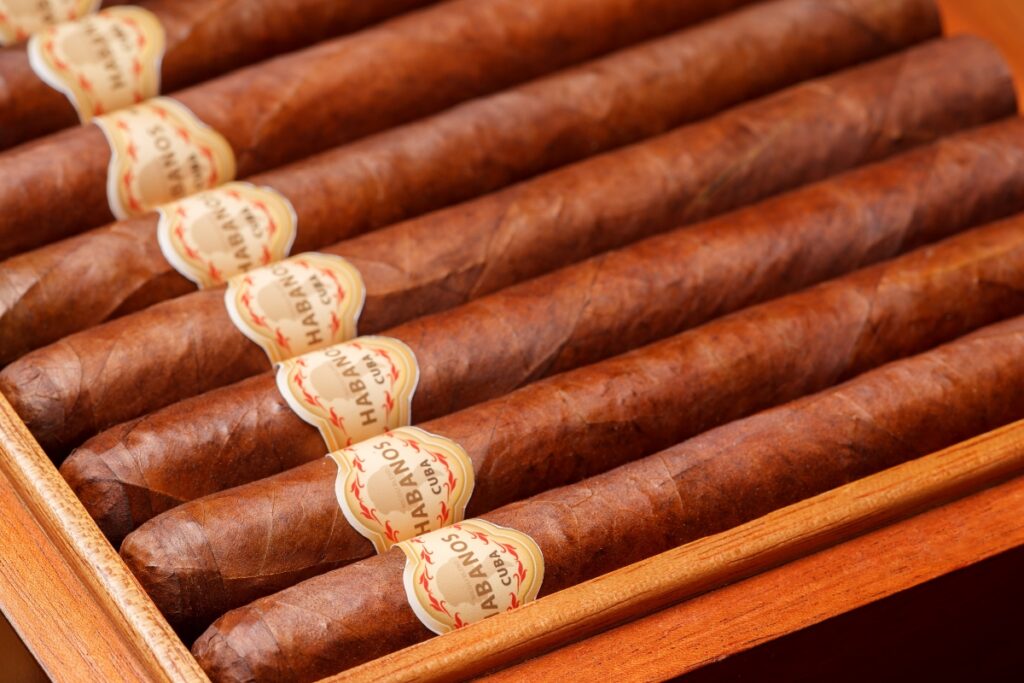
Cigar flavors can be complex, with multiple layers of taste and aroma. Achieving balance is key to a well-crafted cigar. A balanced cigar offers a harmonious interplay of flavors, where no single element overpowers the others.
Complexity in cigars refers to the depth and variety of flavors present. A complex cigar will have multiple flavor notes that evolve throughout the smoking experience, keeping your palate engaged and intrigued.
Conclusion: Embracing the Art of Cigar Tasting
Tasting cigars is more than just smoking; it’s an immersive sensory experience that allows you to appreciate the craftsmanship and artistry behind each blend. By understanding the basics of cigar components, exploring different wrappers and fillers, appreciating fermentation and terroir influences, perfecting pairings, developing your palate, and recognizing complexity and balance in flavors, you can embark on a journey that transcends mere indulgence.
Ready to embark on a journey of taste and sophistication? Explore the richness of different cigar flavors with Premium Cigars of Georgia. Our extensive selection of premium cigars offers a wide range of flavors to suit every palate. Contact us today at (770) 427-9593 or visit our shop to indulge in the ultimate cigar tasting experience. Elevate your cigar journey with Premium Cigars of Georgia.

